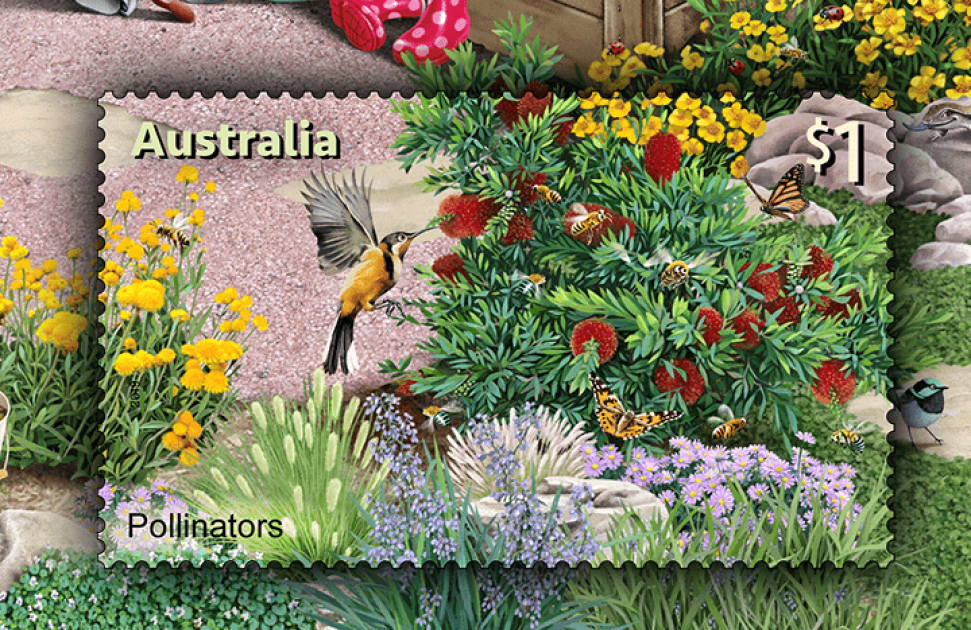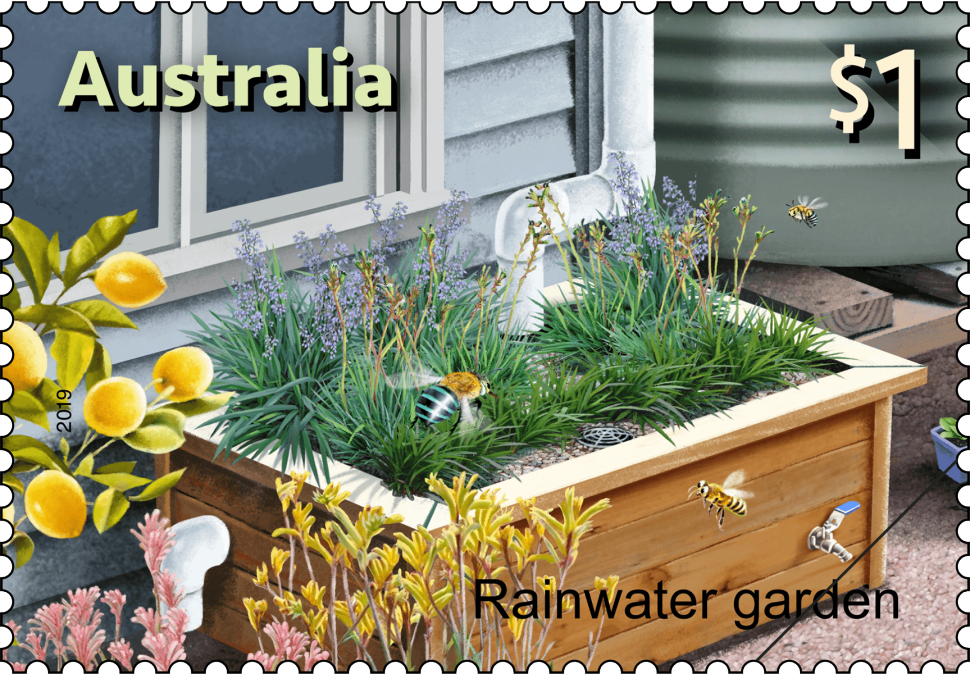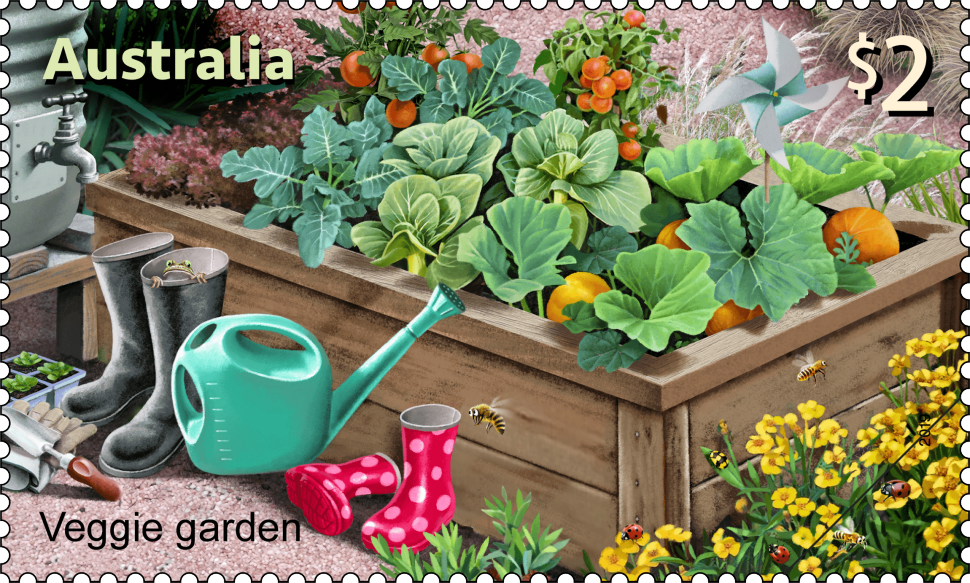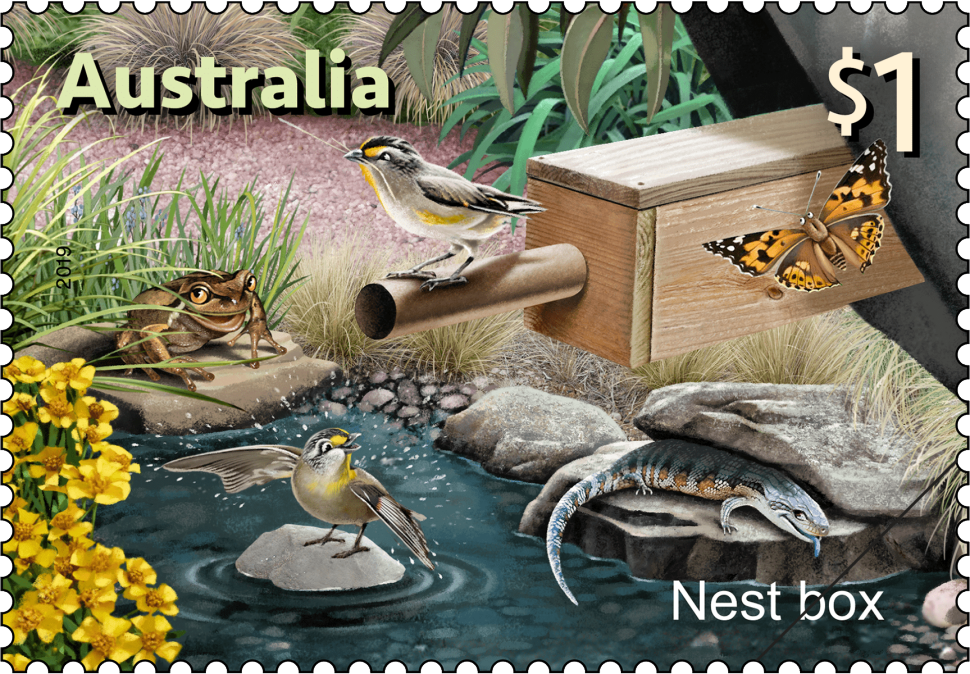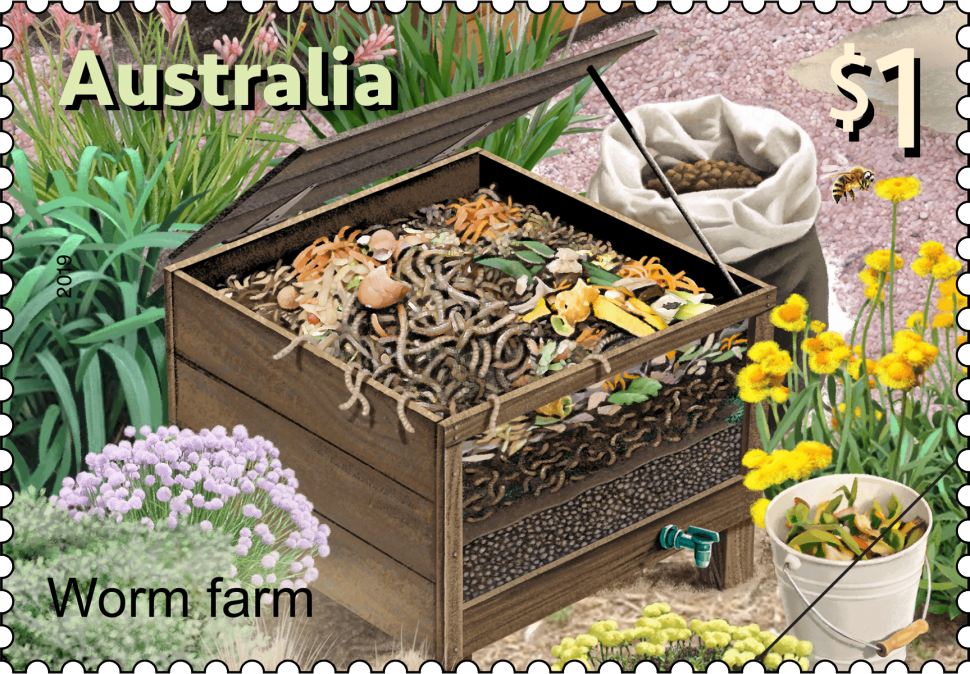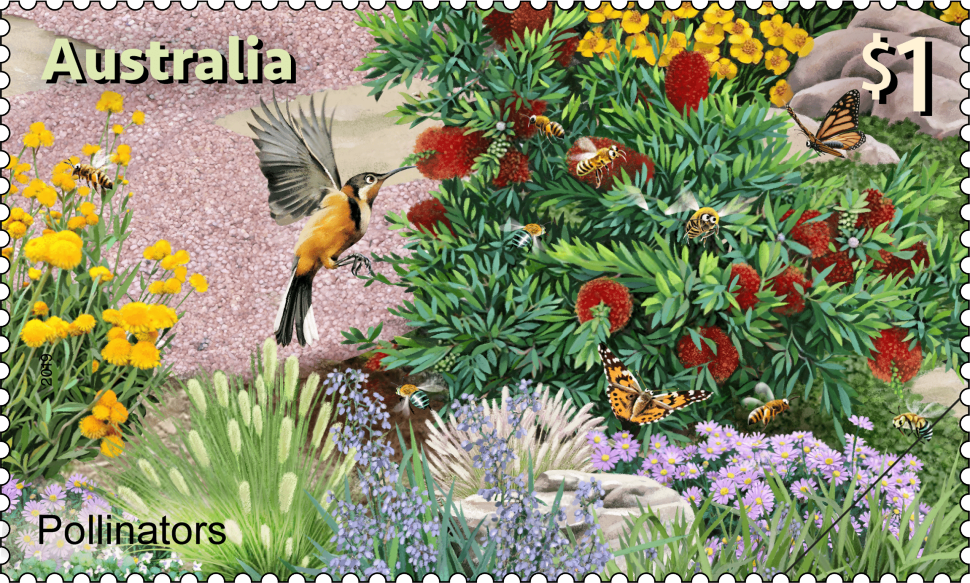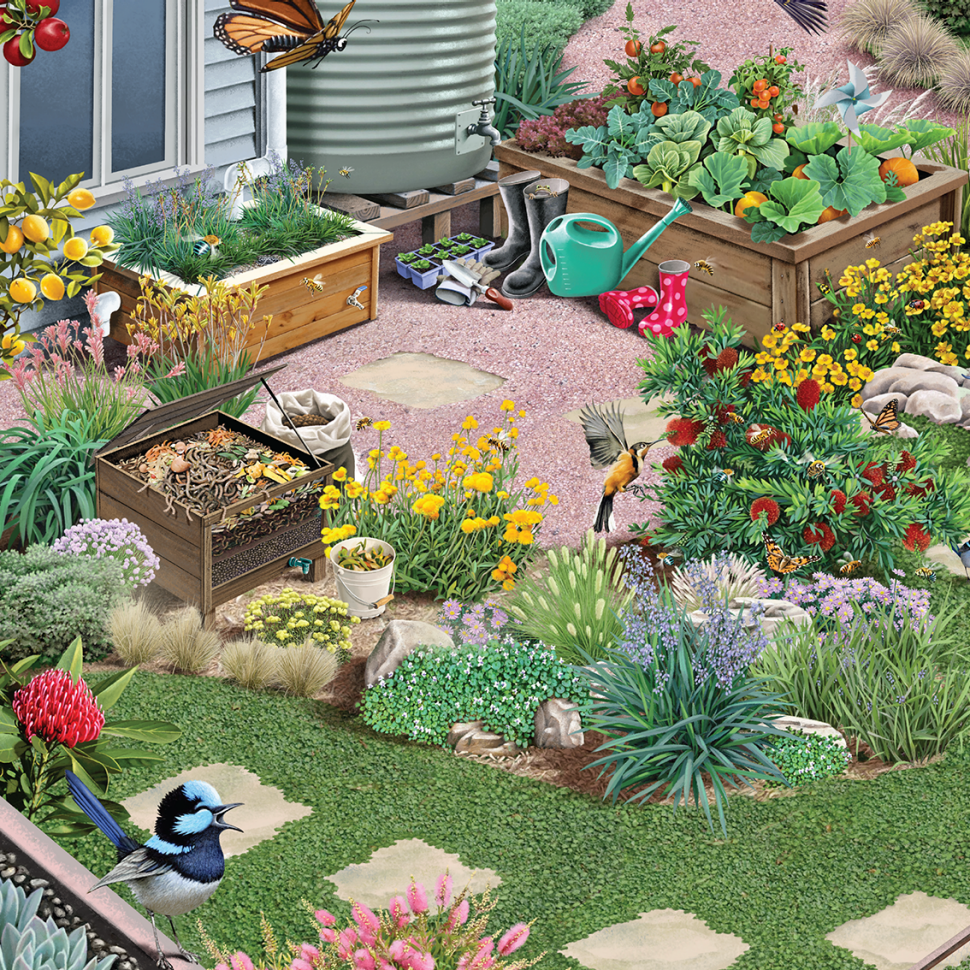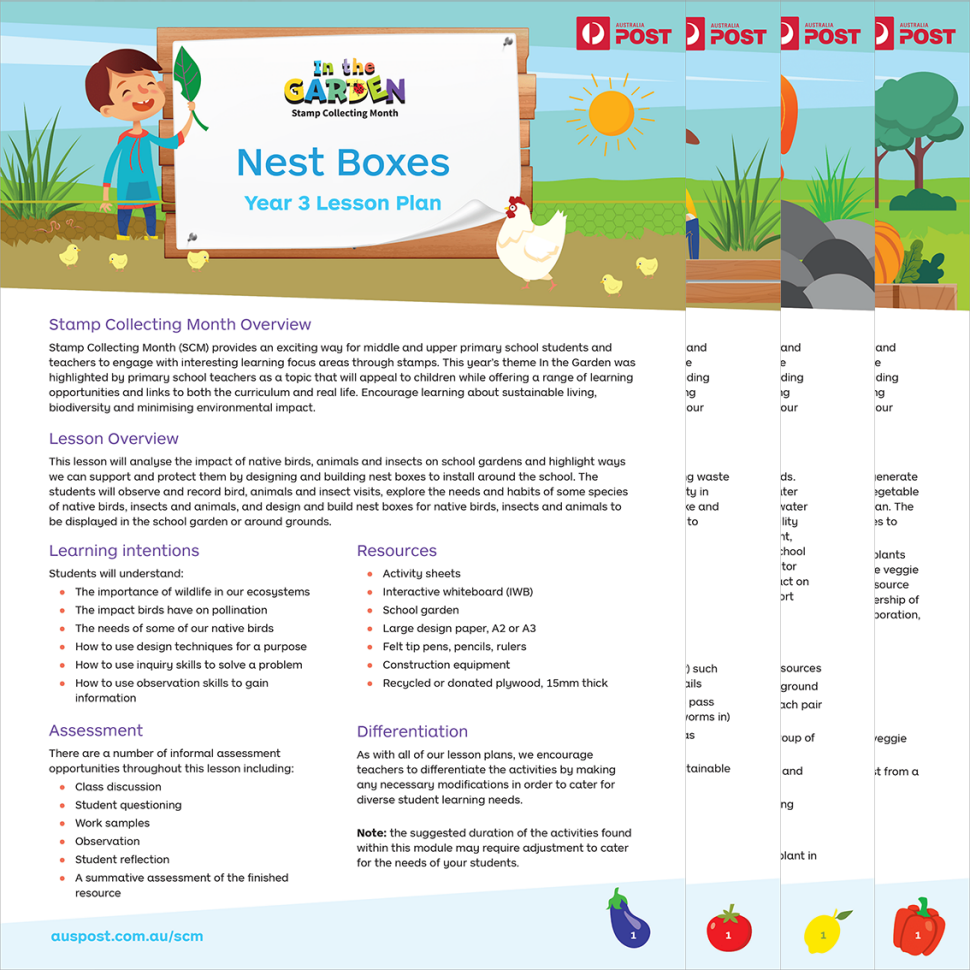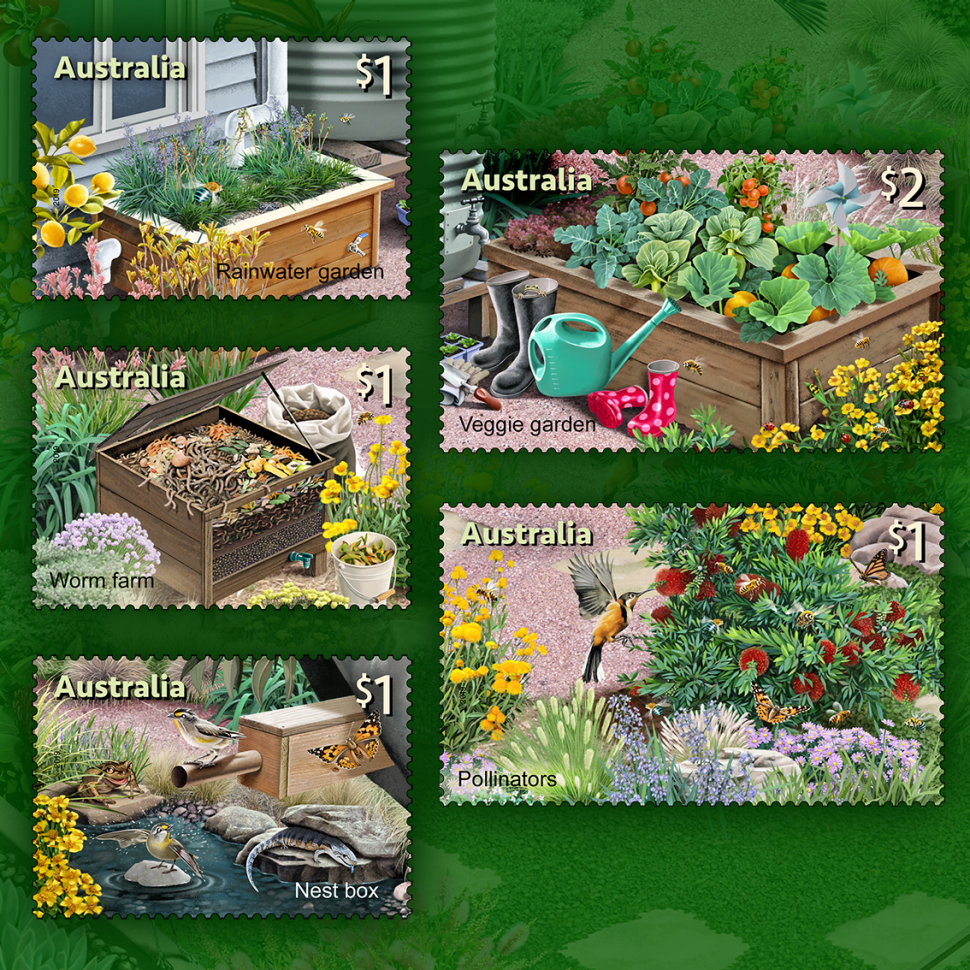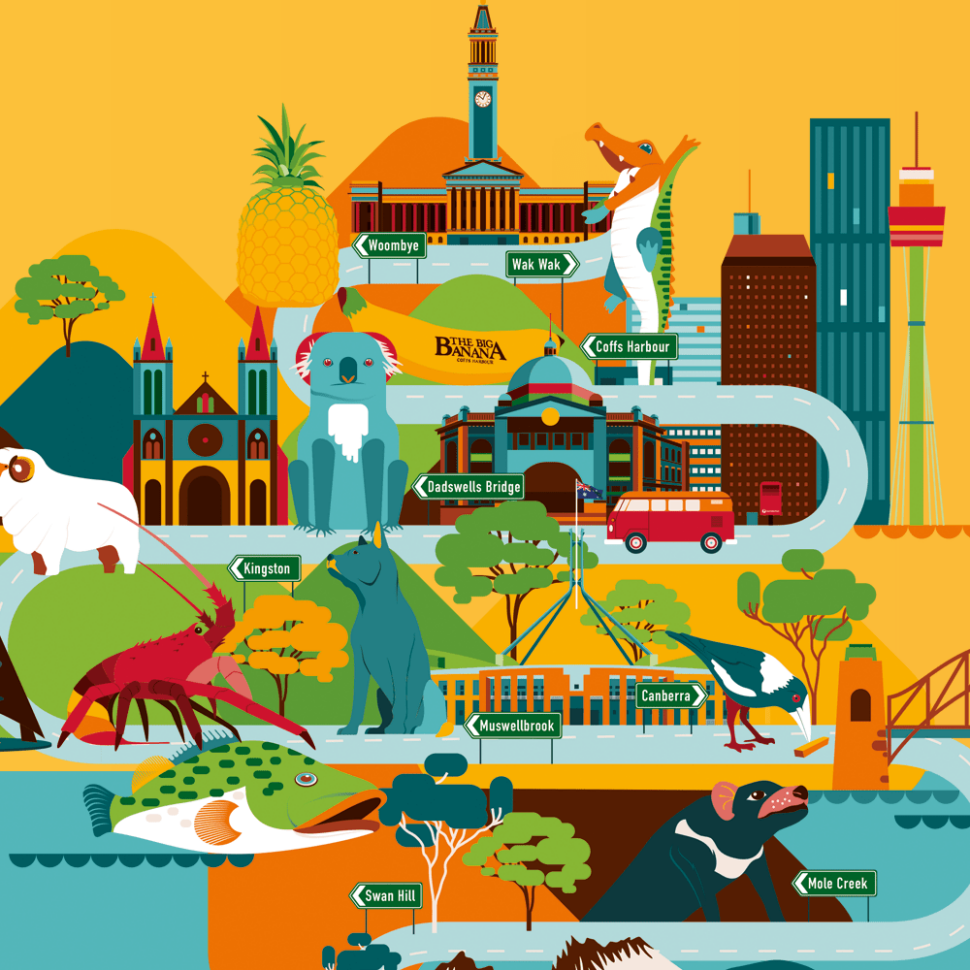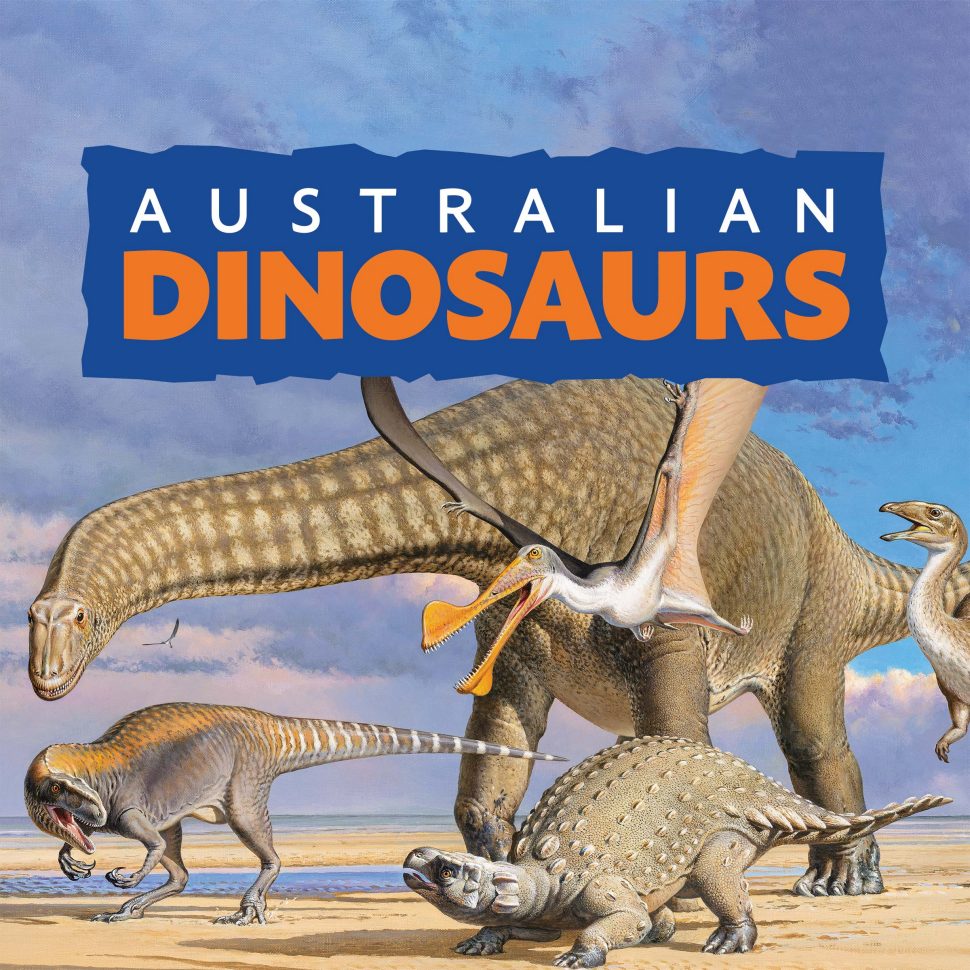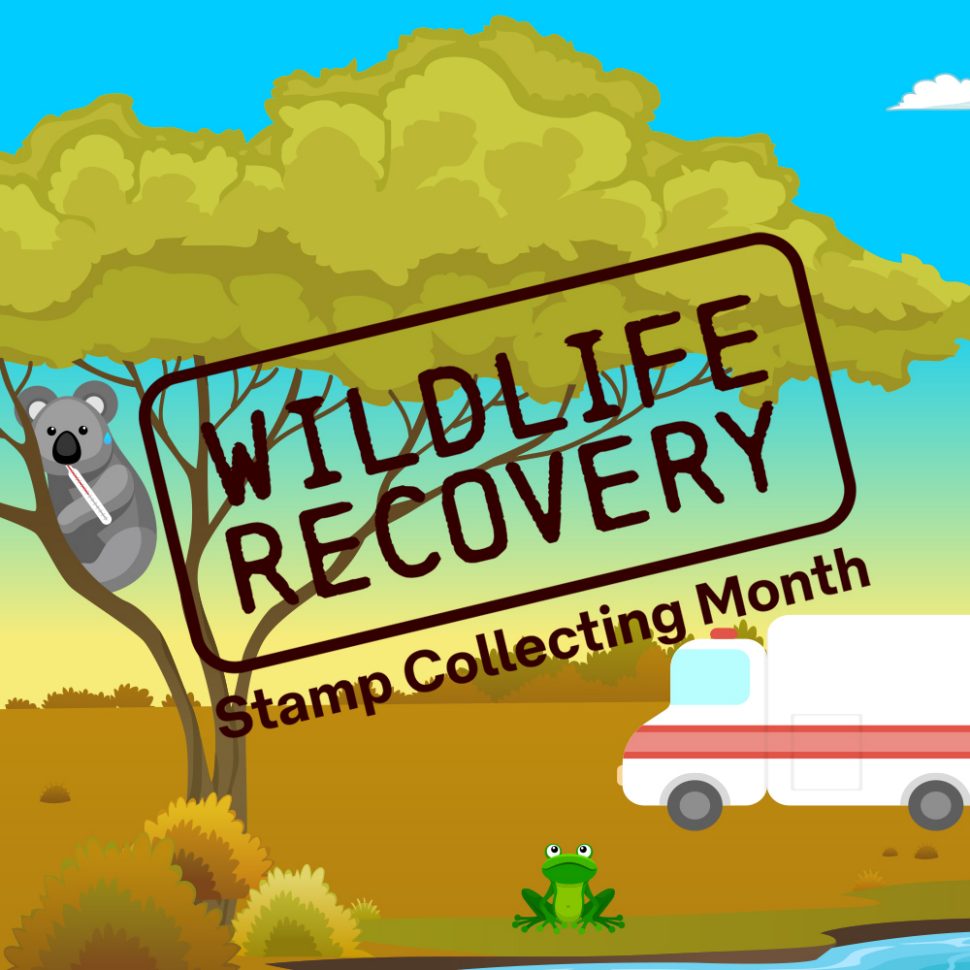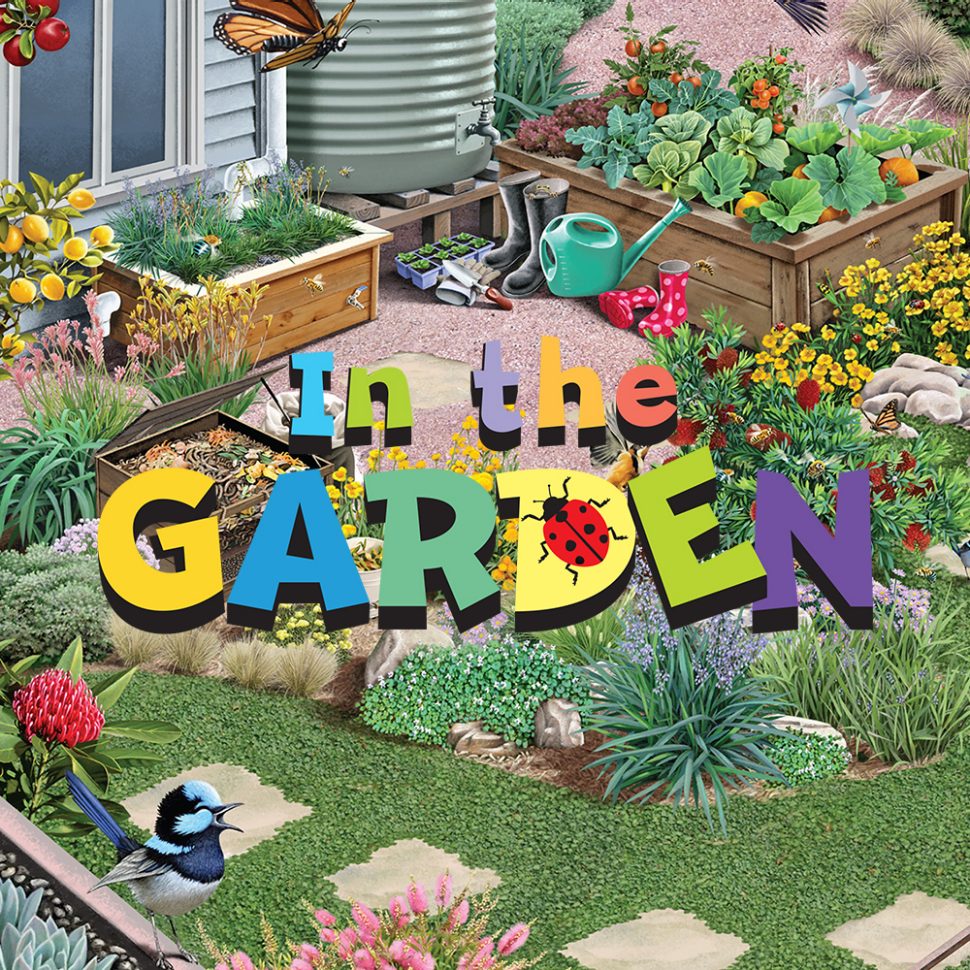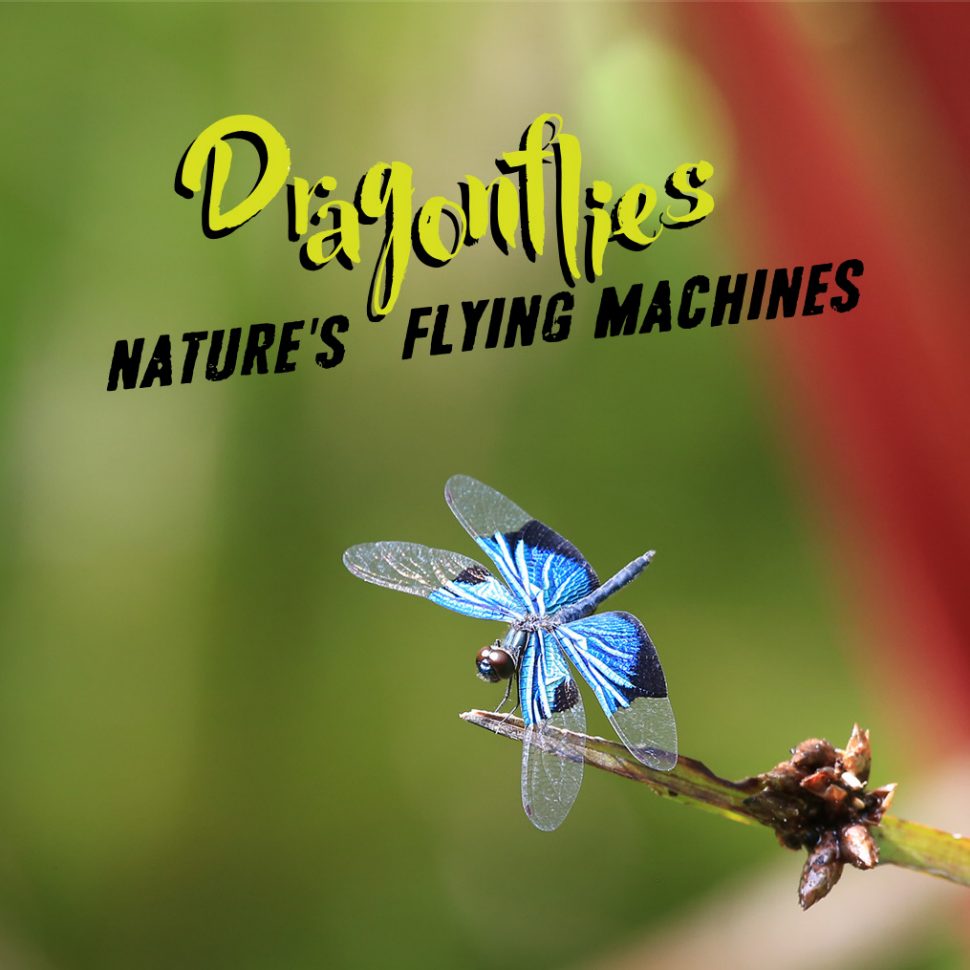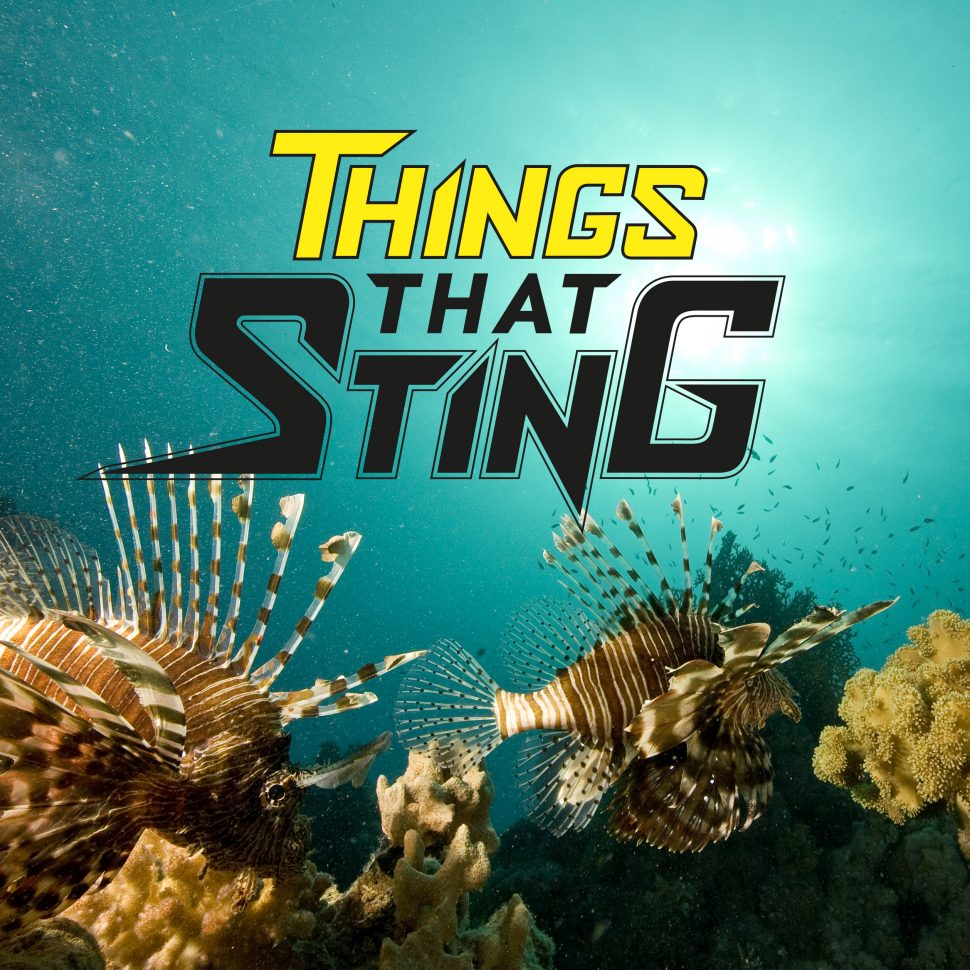Rainwater garden
A rainwater garden, as its name suggests, makes use of rainwater but also benefits the health of surrounding waterways.
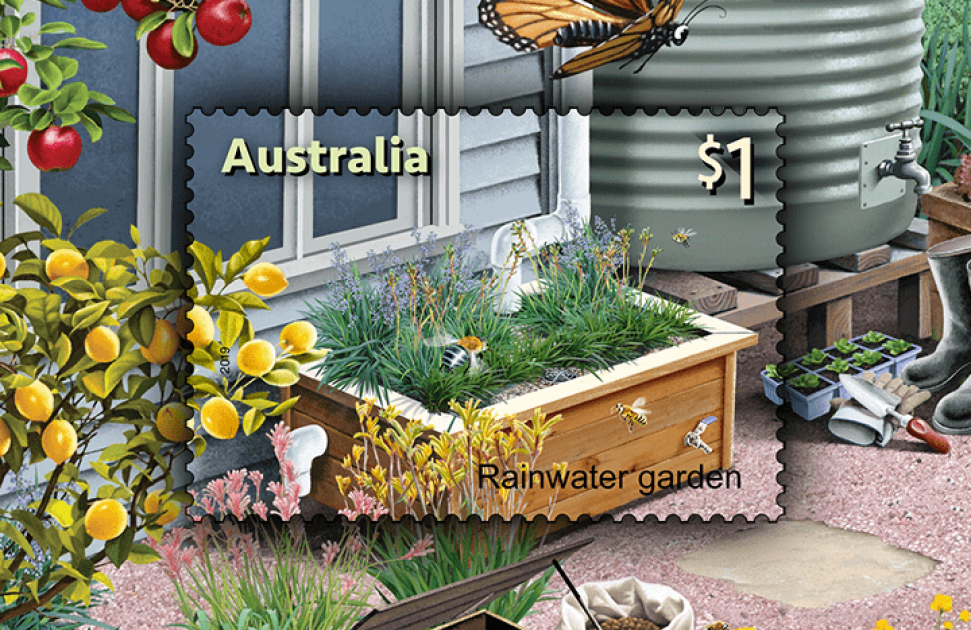
Veggie garden
Our veggie garden is housed in a raised, contained garden bed, which is a great way to grow pesticide-free vegetables all year round...
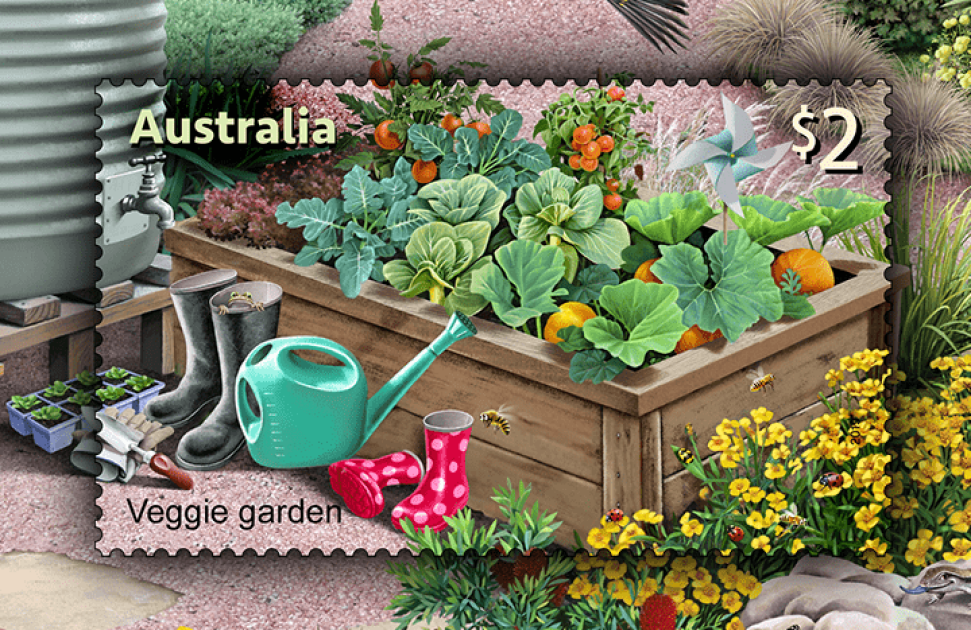
Nest box
One way of attracting and protecting the small birds in our garden is by constructing a nest box. This allows the birds (and other wildlife, too) to live, breed and shelter in a protected environment.
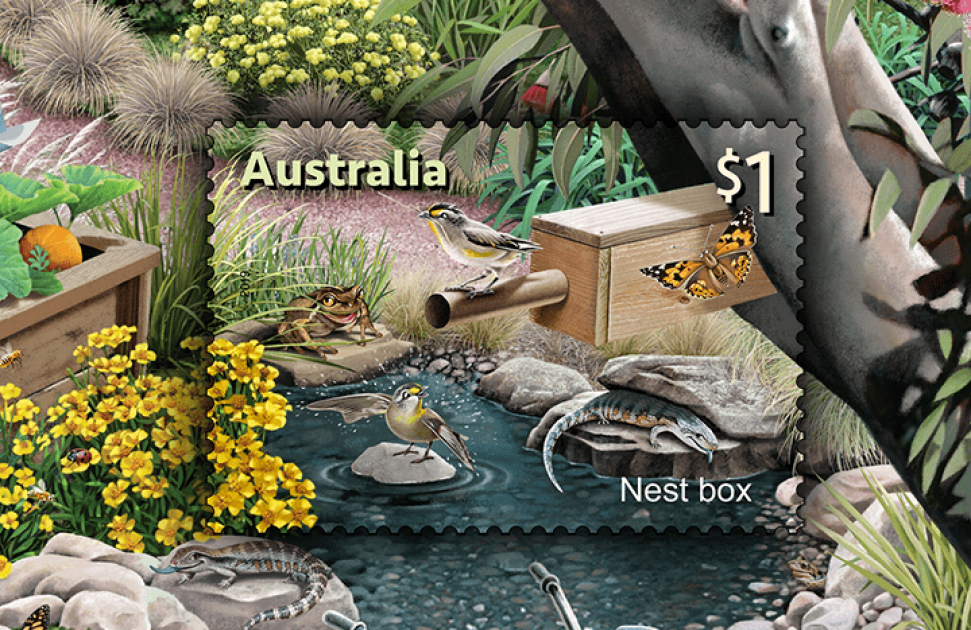
Worm farm
While worms are vital to soil health, the wonderful work of worms can also be harnessed as a form of composting to produce nutritious fertiliser for the garden.
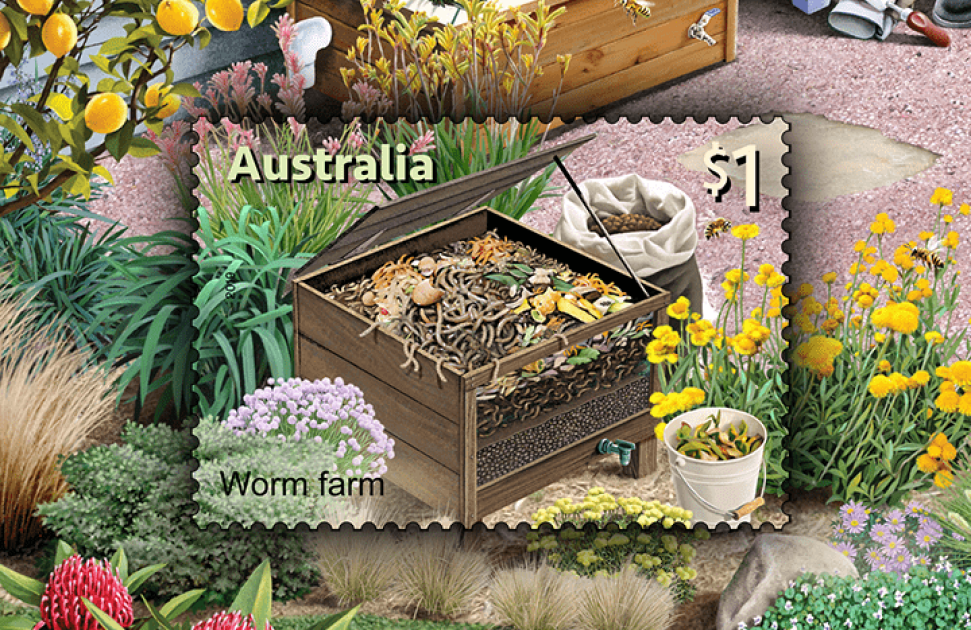
Pollinators
Pollination is a vital process. While some crops such as cereals are wind-pollinated, many crops that we eat...
